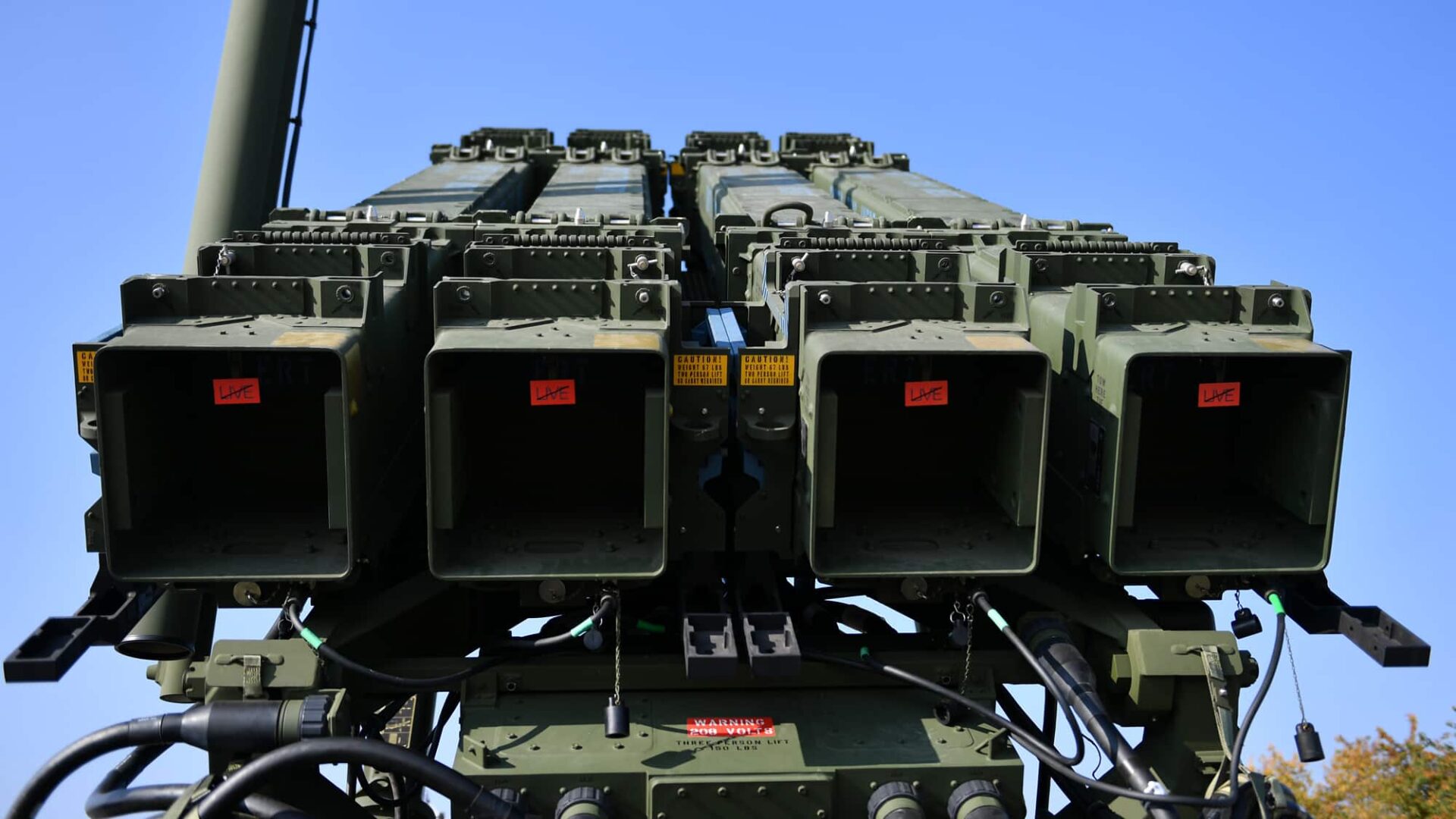Modern warfare is still reliant on old methods – armored strength, mechanized force, the firepower of artillery, trenches, and infantry. The war in Ukraine confirms that firepower remains the most crucial element. However, what has changed is the environment in which these actions are conducted. Reconnaissance is also very important for firepower to be effective. Modern reconnaissance includes all kinds of drones, as well as systems that will be able to jam enemy drones. Another key element is communication that can operate in the environment of enemy jamming. Russia has invested heavily in electronic warfare means – systems designed to achieve various objectives. This includes jamming communication, satellite communication, GPS signals, and drone signals – to paralyze the operation of enemy reconnaissance systems as much as possible.
“We must remember that Russia, thanks to its experience in the war in Ukraine, will be improving its systems. They will become even more threatening and effective,” said Mariusz Marszałkowski, editor-in-chief of the POLON.pl portal, to eNewsroom.pl. “The Polish army currently has two faces. From the point of view of firepower, we have powerful artillery systems. We are investing in the development of missile weapons. And indeed, this is the area in which Poland stands out among other countries. However, the developing area is unmanned systems. Here we have several unmanned systems of Polish production, which are a benchmark of modernity. And they are also present in the Polish army. However, we also have serious shortcomings, for instance in the field of electronic warfare – nothing has happened for years. In this regard, Poland is practically unarmed – especially when it comes to disruption or protection of our units from enemy attacks. And this is, of course, a big threat – as shown by the conflict in Ukraine, the Russians massively use drones. Their role in future conflicts will only grow. The so-called shield and sword factor, or the method of offensive warfare and mitigating offensive weaponry through defensive systems – is currently non-existent in the Polish army. The experiences from Ukraine mean we are constantly learning from this conflict – and the conclusions are being implied in various NATO armies, certainly also in the Polish army,” explains Marszałkowski.
